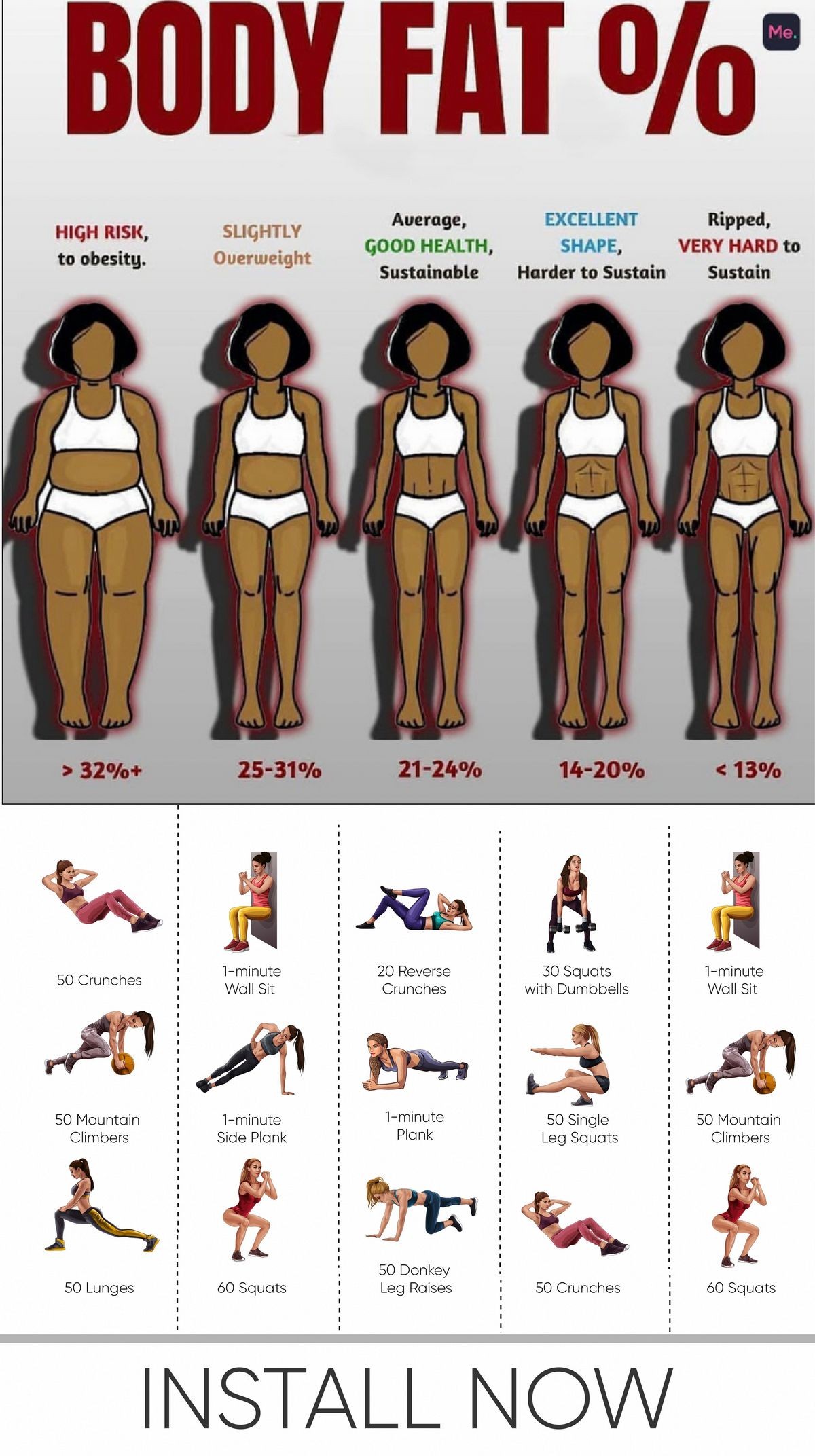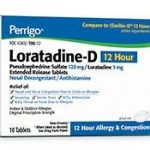What Are the 10 Best Exercises?
Staying fit helps prevent diseases like diabetes, heart disease, high blood pressure, and cancers.
Everyone needs to be physically active to be healthy. However, studies show that only 1 in 5 adults and teens get enough exercise. So, what are the best exercises for optimizing overall health?
Actually, the best exercises depend on your age, general health, and stamina. For example, if you have conditions like high blood pressure, arthritis, or heart disease, you may want to consult your doctor.
For most healthy adults, though, the following 10 basic exercises are effective for maintaining health and fitness.
10 Best Exercises
- Push-ups (for chest muscles): They strengthen your arms, shoulders, and chest. Push-ups engage the abs and strengthen the lower back. Here’s how to do them:
- Get on the floor facing down.
- Place your palms slightly wider than your shoulders.
- Extend your legs back so that your body is balanced on your hands and toes.
- Keep your body in a straight line from head to toe.
- Keep your feet together or slightly apart.
- Keep your core tight, inhale, slowly bend your elbows, and lower your body until your elbows are at a 90-degree angle.
- Breathe out, push your body back up, and return to the starting position.
- Keep your elbows slightly bent. Do not lock them.
- Repeat.
Squats (for leg muscles): They help tone your thighs, buttocks, and lower body. Here’s how to do them:
Stand with your feet hip-width apart.
Hold dumbbells at shoulder level for added intensity.
Engage your core, send hips back, and bend knees to lower into a squat.
Keep both feet flat on the ground.
Stand back up.
Repeat.
Crunches (for abs): They target your upper abs. Here’s how to do them:
Lie on your back with knees bent and feet placed firmly on the floor.
Place your hands under your neck and raise your shoulders and top half of your torso until you feel a stretch in your upper abs.
Lower slowly.
Repeat.
Pull-ups (for back muscles): They strengthen your back, arms, and shoulders. Here’s how to do them:
Stand below a pull-up bar.
Hold the bar with palms facing away from your body and hands slightly more than shoulder-width apart.
Lift your feet from the floor toward the bar so that you are hanging.
Keep the core engaged and pull the shoulders back and down.
Raise your body using your arms and back muscles, bending your elbows to bring your chin over the bar.
Extend your elbows and lower your body back down to the starting position.
Repeat.
Deadlifts (for whole-body strength): They train your entire body. Here’s how to do them:
Select a barbell with appropriate weights and stand facing it with feet shoulder-width apart.
Bend at your hips to hold the bar with a mixed grip (one hand overhand, the other hand underhand).
Push your hips backward to come in a half-squat position with a flat back.
Tighten your back, engage your abs, and raise the barbell while keeping it close to your shin and knees.
Stand straight.
Hold for one second and then lower the weight to the ground without arching your back.
Repeat.
Dips (for triceps): They target your triceps and shoulders. Here’s how to do them:
Sit on the edge of a weight bench or stable chair.
Grip the edge of the seat close to your hips with palms facing away and fingers pointing downward.
Keep your back straight and look forward.
Press your palms to support your body and slide forward until your elbows are at right angles.
Slowly push yourself back up.
Repeat.
Lunges (for leg muscles): They work your quads, hamstrings, and glutes. Here’s how to do them:
Stand with feet hip-width apart and core engaged.
Take a big step forward with your right leg, shifting your weight to the right heel.
Lower your body until your right thigh is parallel to the floor and your right shin is at a right angle to the thigh.
Press your right heel to come back to the starting position.
Switch sides and repeat.
Planks (for core muscles): They engage your core and build stability. Here’s how to do them:
Lie on your side with your right forearm flat on the floor and elbow under the shoulder.
Keep your feet stacked or slightly staggered for balance.
Engage your core and lift your hips.
Hold this position for 30 seconds.
Repeat on both sides.
Single-Leg Squats (for leg muscles): They challenge your balance and strengthen your legs. Here’s how to do them:
Stand with feet hip-width apart.
Pull your shoulders back and keep your back straight.
Stretch out your right leg and both arms in front of you.
Slowly push your hips back and bend your left knee to squat while keeping your left foot flat on the floor.
Try to maintain your balance as you go down as low as possible.
Slowly rise.
Repeat, then switch sides.
Shoulder Press (for shoulder muscles): They target your shoulders and upper body. Here’s how to do them:
Stand upright with a straight back.
Hold a dumbbell in each hand at shoulder level with an overhand grip, thumbs on the inside and knuckles facing upward.
Raise the weights above your head slowly while exhaling.
Hold at the top, then return to the starting position while inhaling.
Repeat.
4 Other Exercises for Health and Fitness
In addition to the above exercises, you may include the following in your workout routine based on your general health and fitness:
Walking
Walking is one of the best ways to stay fit and healthy. Start slow if you’re a beginner and gradually increase your pace and duration. Aim for at least 10,000 steps per day.
Brisk walking helps burn calories, build bones, and improve heart health. Make sure to wear proper shoes.
Swimming
Swimming is a fun and effective way to burn calories and boost overall health. A 30-minute recreational swimming session burns approximately 150-250 calories and improves strength, stamina, and stress management.
Strength Training
Strength training exercises, like weight lifting, maintain muscle mass, burn calories, and manage diabetes and obesity. Start with lighter weights and work your way up under the guidance of a certified trainer.
Yoga
Yoga combines physical poses, breathing control, relaxation, and concentration techniques. It improves flexibility, fights stress, enhances sleep, boosts immunity, manages weight, and builds stamina. Try taking a class with a certified yoga instructor.
The Benefits of Exercise
In addition to factors like nutrition, good sleep, hydration, and stress management, exercise plays a crucial role in physical and mental health.
By staying fit, you can prevent diseases like diabetes, heart disease, high blood pressure, and cancers.
Exercise can:
- Help manage weight
- Increase stamina
- Improve flexibility
- Reduce the risk of injuries
- Promote bone health
- Increase metabolism
How Much Exercise Should You Do?
According to the American Heart Association, adults should aim for:
- 150 minutes per week of moderate-intensity aerobic activity
- 75 minutes per week of vigorous aerobic activity
- Or a combination of both spread throughout the week
They should also engage in moderate- to high-intensity muscle-strengthening exercises at least twice a week.
For children and teens, at least 60 minutes per day of moderate- to vigorous-intensity physical activity is recommended. Weight-bearing exercises should be done at least 3 days a week to promote bone health.
For young children, being active most of the day through play is important.



